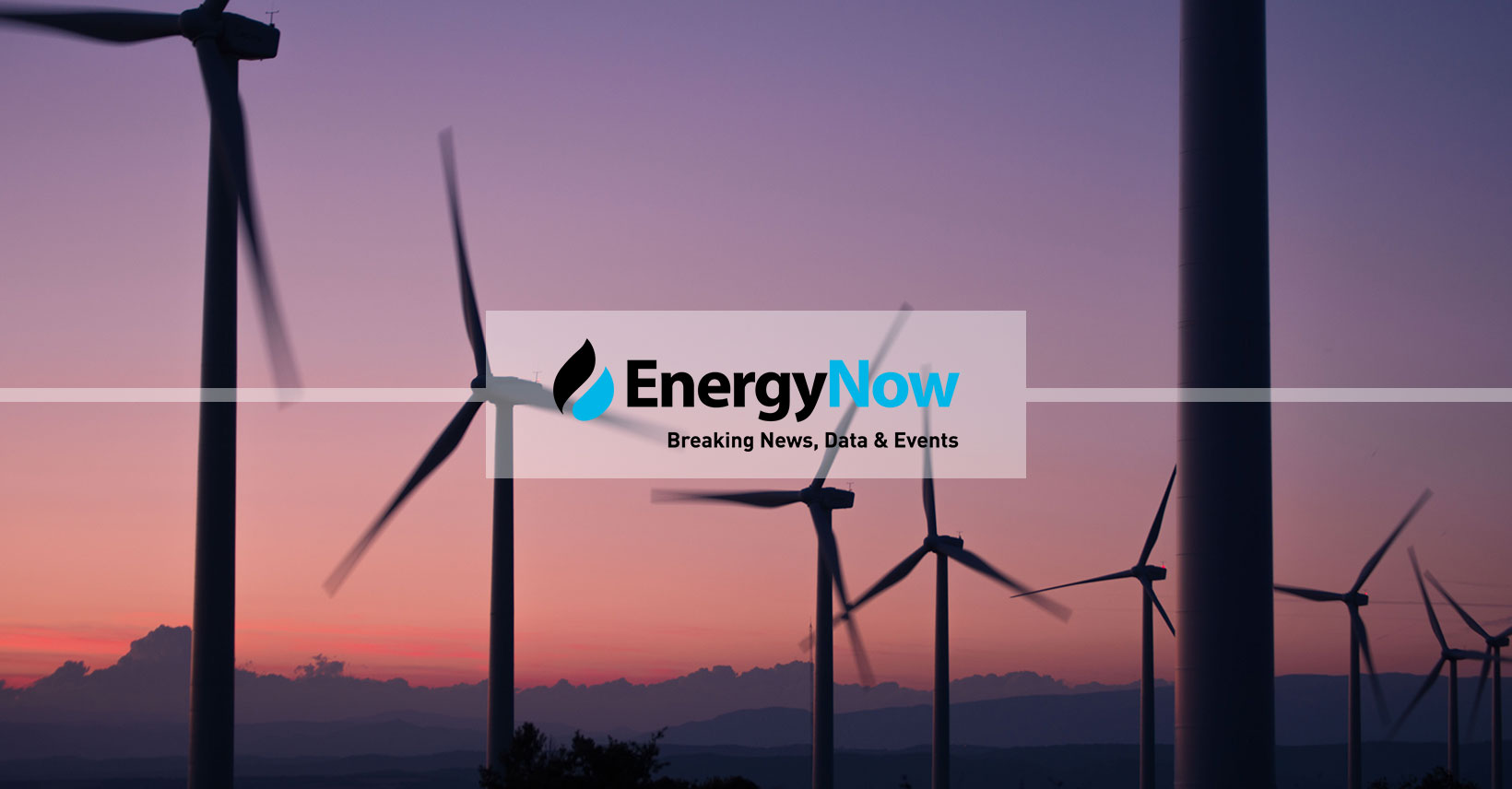Sign up for daily news updates from CleanTechnica on email. Or follow us on Google News!
The rise of the offshore wind industry has sparked a new movement to piggyback other maritime activities onto offshore wind farms. This multi-use approach could help defray the cost of constructing wind farms, helping to accelerate the pace of the energy transition. In the latest development, a new wind farm featuring unique two-headed floating wind turbines has been tapped to host a commercial fish farm.
Fish Farms Meet Floating Wind Turbines
The new multi-use project comes under the umbrella of the Swedish startup Hexicon, which may be familiar to CleanTechnica readers for its signature two-headed floating turbines. The idea of parking two turbines on one floating platform seemed a bit crazy when it first came across our radar, but Hexicon has already assembled a portfolio of floating wind projects under its belt, including a massive 7.1 gigawatt wind farm planned for Italy.
Hexicon has also put down stakes in the Freja Offshore joint venture, which has an interest in four offshore wind farms in Swedish waters. The new fish farm pilot project will take place at the proposed Mareld wind farm, located 40 kilometers off the coast of Lysekil in the North Sea.
The Norwegian aquaculture firm Subfarm has been recruited for the project, along with participation from the Lysekil Municipality and Norway’s Blue Maritime industrial organization.
Hexicon also states that the research institute DHI is also involved. That could mean any number of organizations with DHI in their names, but we’re guessing they mean DHI Group, a Danish firm that specializes in onshore and offshore water systems data, modeling, and machine learning.
Better Together, NATO Edition
As the new kid on the block, the offshore wind industry has been tiptoeing around the global fishing industry. However, considering that all the fish will die unless the global economy decarbonizes, a multi-use approach to offshore wind development could help forge new alliances between industries.
“The region Västra Götaland needs to triple its electricity production in the coming years to meet the energy needs and offshore wind will play a key role,” Hexicon notes.
“At the same time, wind power must be able to coexist with other important interests, not least the fishing industry and sea-based food production,” they emphasize.
“Seafood and offshore wind power are two industries that Sweden will need more of in the future, not least to strengthen preparedness. That is why we want to find ways to combine these two pieces,” Freja Offshore CEO Magnus Hallman added in a press statement.
You can say that again. Russia has been rattling the saber at NATO countries in Europe ever since it — the North Atlantic Treaty Organization — was a twinkle in the eye of its founders. Sweden was late to the NATO party, but in consideration of Russia’s full-on war against Ukraine, “preparedness” has taken on a whole new meaning for Sweden. The country officially joined NATO practically just this minute (see more CleanTechnica coverage of Ukraine here).
Fish Farmers Are Tapping Into New Offshore Wind Opportunities
Offshore wind developers are already beginning to integrate offshore fish farms into their plans in China and other parts of the world, so it’s not difficult to see why Hexicon would venture into the field.
“Previous studies show that offshore wind farms can act as artificial reefs and marine protected areas. This increases the amount of fish and shellfish and, in turn, the availability of prey. At the same time, larger fishing vessels can’t pass through the wind farm. However, there are good opportunities for fish farming,” Hexicon notes.
On its part, Subfarm has also spotted an opportunity. The company’s submersible cage system can be deployed within offshore wind arrays, and the company emphasizes the advantages of its system compared to the frames used in conventional offshore fish farms.
“The advantage of using a submersible cage compared to traditional floating frames is to significantly decrease the risk of biomass loss and, consequently, the potential for high economic loss,” Subfarm explains. The company also takes note of recent studies indicating that deep net-based fish farms offer better protection against sea lice and algae blooms, an advantage that extends to submerisible cages.
As described by Hexigon, the Mareld offshore wind multi-use project will involve placing the fish farm cages between the wind turbine platforms. They will be held in place by their own anchoring systems, instead of relying on the floating wind platform cables.
“The fish boxes will be lowered to a depth of 50–70 meters and hoisted up to the surface for checks and harvesting. They are then transported by ship to land,” Hexicon adds.
 Chip in a few dollars a month to help support independent cleantech coverage that helps to accelerate the cleantech revolution!
Chip in a few dollars a month to help support independent cleantech coverage that helps to accelerate the cleantech revolution!
More & Better Aquaculture With Offshore Wind Power
The multi-use trend was front and center last fall, when CleanTechnica attended the 2023 Ocean Energy Europe conference at The Hague. Until now, though, much of the activity has centered around piggybacking other energy resources onto offshore wind farms, including floating solar panels, wave energy converters, and green hydrogen systems.
The aquaculture angle is still a new one, but researchers are beginning to make the case for kickstarting the movement. Aside from fish, the wind-plus-aquaculture mashup could include seaweed and mussels.
“Multi-use of offshore wind farms with low-trophic aquaculture could provide sustainable energy, nutritious seafood, and restorative ecosystem services through nutrients and carbon capture and utilization,” a research team based in Denmark recently reported, based on a modeling study of the transition zone between the North and Baltic seas.
“Total carbon captured and harvested from seaweed biomass and mussel shells would equal 40% of the carbon dioxide emissions from the Danish agricultural sector,” the team noted.
“Furthermore, global aquaculture production is projected to increase by 132% compared to current production,” they added. “With technological and regulatory challenges still to be addressed, these findings demonstrate a vast potential of multi-use in offshore areas, which can generate blue biomass with fewer user conflicts, while mitigating eutrophication and climate change, thereby supporting multiple global sustainable development goals.”
What About The Baltic Sea?
If your ears pricked up when the research team mentioned the Baltic Sea, join the club. Now that Sweden has joined NATO, Russia is almost completely boxed out of the Baltic Sea coastline by NATO members. Russia has just two slim fingers of access, at St. Petersburg and at Kaliningrad.
Narrow as they are, Russia could leverage those two access points to partake in the burst of offshore wind activity stirring in the Baltic Sea. Clearly that’s not going to happen. Other things could happen, considering that Kaliningrad is the home base of Russia’s Baltic Fleet.
If you have any thoughts about that, drop us a note in the comment thread (see more Baltic offshore wind news here).
Follow me @tinamcasey on Bluesky, Threads, Post, and LinkedIn.
Image: A new offshore wind farm will host an aquaculture pilot project, featuring Hexicon’s two-headed floating turbines.
Have a tip for CleanTechnica? Want to advertise? Want to suggest a guest for our CleanTech Talk podcast? Contact us here.
Latest CleanTechnica TV Video
CleanTechnica uses affiliate links. See our policy here.




